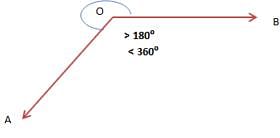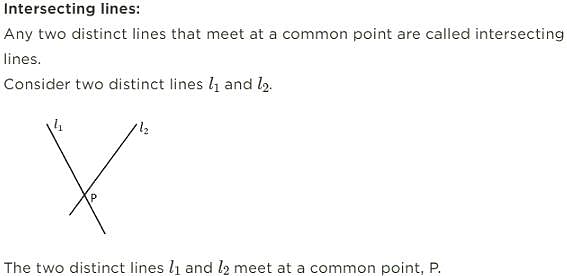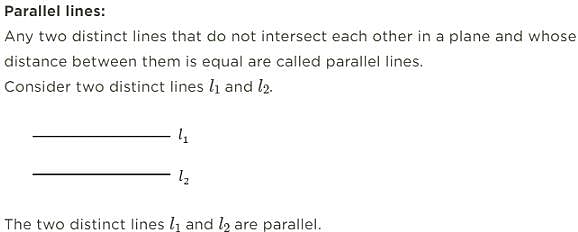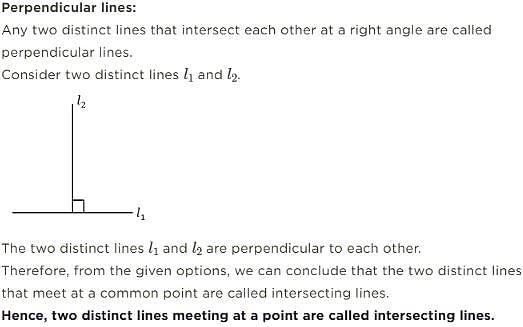Important Questions Test: Basic Geometrical Ideas - Class 6 MCQ
20 Questions MCQ Test Mathematics (Maths) Class 6 - Important Questions Test: Basic Geometrical Ideas
If two angles are said to be supplementary angles and one of angle is of 122° then other angle is of
The common end point where two rays meet to form an angle is called:
| 1 Crore+ students have signed up on EduRev. Have you? Download the App |
Number of lines which can be drawn from one point:
Angle which is less than 360° and larger than 180° is classified as
A flat surface which extends indefinitely in all directions is called ___________ .
A __________ of a circle is a line segment joining any two points on the circle.
Angle which is equal to 90° is classified as
If line segment is extended in two directions indefinitely from each of two points then it is classified as
Flat surface in which two points are joined by using straight line is classified as
Any line segment can be formed by joining
Out of following, one angle which is obtuse is
If two lines intersects each other then the common point between them is known as point of _________.
Two distinct lines meeting at a point are called _______ .
The edge of a ruler draws _____________ .
Angle which is less than 90° is called
Three or more points lying on the same line are known as ___________ points.
Out of following options, two angles that are together classified as complementary angles are
When two rays meet each other at a certain point then the
Two lines in a plane either intersect exactly at one point or are
The lines which do not intersect and have equal distance between them are called:
|
94 videos|347 docs|54 tests
|
|
94 videos|347 docs|54 tests
|





















